Home>Garden Essentials>Where Are The Seeds Of A Pineapple
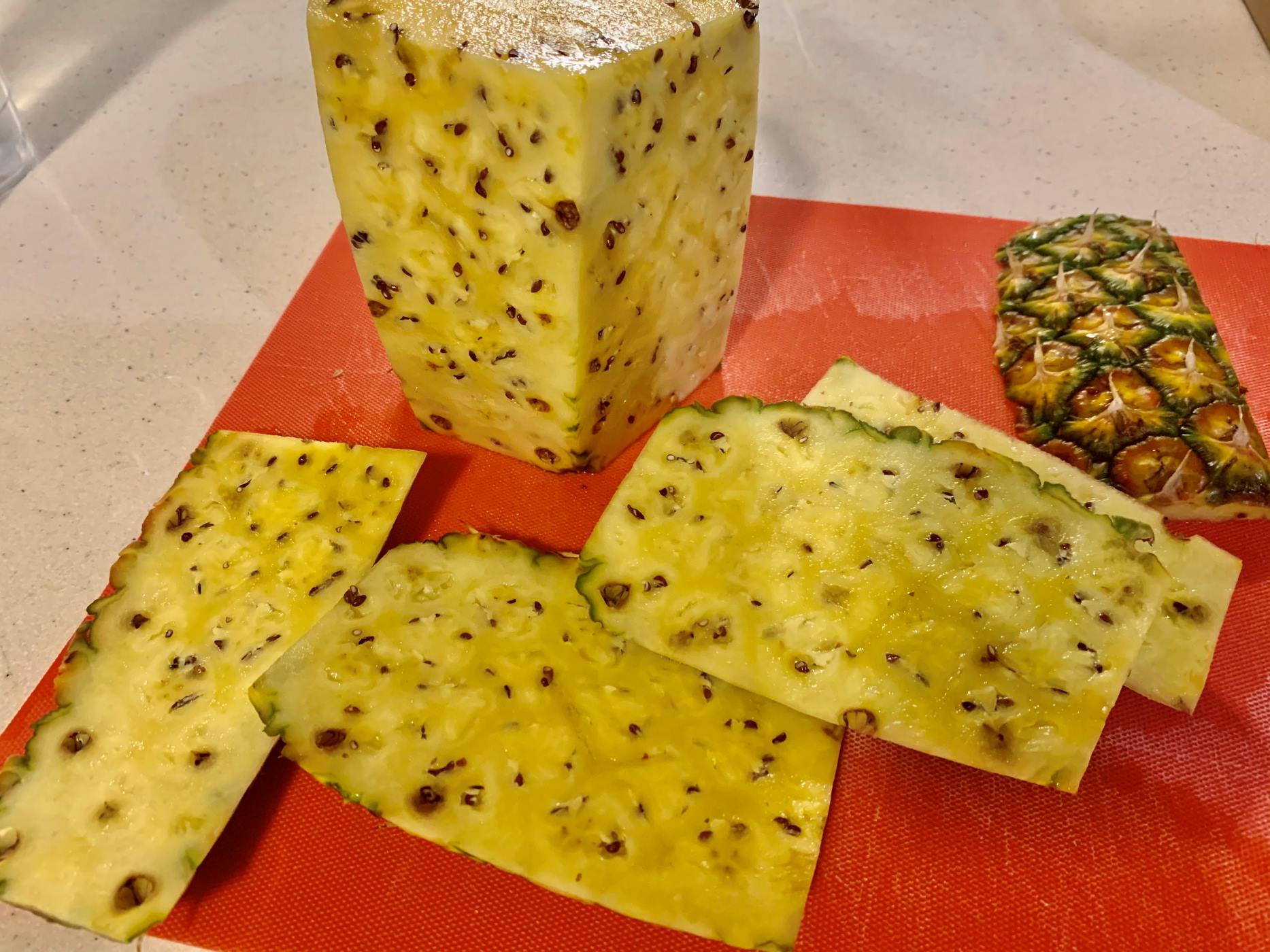

Garden Essentials
Where Are The Seeds Of A Pineapple
Modified: March 16, 2024
Discover the secret of growing pineapples in your own garden. Learn where to find and plant pineapple seeds for a thriving tropical fruit harvest.
(Many of the links in this article redirect to a specific reviewed product. Your purchase of these products through affiliate links helps to generate commission for Storables.com, at no extra cost. Learn more)
Introduction
Welcome to the wonderful world of gardening! If you have ever wondered about the intriguing process of growing pineapples from seeds, you have come to the right place. In this article, we will delve into the anatomy of a pineapple, explore the location of its seeds, and discuss the cultivation methods that can help you successfully grow your own pineapple plants.
Pineapples are not only delicious fruits but also fascinating plants. Native to South America, these tropical delights are loved for their juicy sweetness and distinctive spiky appearance. While most people are familiar with how to enjoy the ripe fruit, many are curious about the seeds and their role in the plant’s life cycle.
Before we dive into the specifics of pineapple seed development, let’s first explore the overall structure of this tropical treasure.
Key Takeaways:
- Pineapples don’t grow from seeds, but from the crown, suckers, or slips. Seeds are small and underdeveloped, making propagation through vegetative methods more reliable and efficient.
- Dissecting a pineapple reveals its intricate structure and the location of underdeveloped seeds within the fruitlets. Growing pineapples from seeds requires patience and care, but other propagation methods are more reliable.
Read more: How To Grow A Pineapple From Seed
Anatomy of a Pineapple
To understand the location of pineapple seeds, it’s important to have a basic understanding of the fruit’s anatomy. A pineapple consists of several key components:
- Exterior: The exterior of a pineapple is covered in a tough, scaly skin made up of hexagonal-shaped sections called “eyes.” These eyes are actually the remnants of flowers that have fused together to form the fruit.
- Core: The core of the pineapple is a hard, fibrous center that runs from the base to the apex of the fruit. It is not typically consumed and is usually removed before eating.
- Flesh: The flesh of the pineapple is what we typically think of when we imagine eating this tropical fruit. It is juicy, sweet, and yellow in color. The flesh is made up of individual fruitlets, which are the result of multiple flowers merging together.
- Crown: At the top of the pineapple, you will find a cluster of spiky leaves known as the crown. This is where the plant’s reproductive structures are located.
Now that we have a grasp of the pineapple’s anatomy, let’s take a closer look at how we can dissect the fruit to find its seeds.
The Fruit Structure
In order to understand the location of pineapple seeds, it’s important to have a clear understanding of the fruit’s structure. While we commonly refer to pineapple as a single fruit, it is actually a collection of multiple fruits that have fused together. This unique characteristic is known as a multiple fruit or an aggregate fruit.
Each segment of the pineapple fruit, known as a fruitlet, develops from an individual flower. These flowers are small and are originally located within the scale-like bracts of the fruit’s exterior. As the flowers mature, they merge together, resulting in the formation of the juicy and edible flesh of the pineapple.
The fruitlets are arranged in a spiral pattern, radiating from the center core of the fruit. This spiral arrangement is visible when you cut a pineapple crosswise and observe the cross-section. The fruitlets near the base of the fruit are typically larger and more developed, while those towards the top can be smaller in size.
Within each fruitlet, you will find the pineapple’s seeds. However, these seeds are extremely small and often underdeveloped, making them difficult to detect with the naked eye. The focus of pineapple propagation is typically on cultivating new plants through vegetative means, rather than relying on seeds.
While seed development in pineapples is possible, commercial pineapple cultivars are often bred to produce seedless fruit, known as “parthenocarpic” fruit. This means that the fruit can develop without pollination or fertilization, resulting in pineapple plants that don’t prioritize seed production.
Now that we have a better understanding of the pineapple’s fruit structure and the presence of seeds within the fruitlets, let’s explore how to dissect a pineapple to locate the seeds.
Dissecting a Pineapple
If you’ve ever been curious about the location of pineapple seeds, dissecting a fresh pineapple is an enlightening experience. Here’s a step-by-step guide on how to dissect a pineapple and find the seeds:
- Start by selecting a ripe pineapple. Look for one that has a golden color, emits a sweet aroma, and yields slightly when pressed.
- Wash the pineapple thoroughly to remove any dirt or residue on the surface.
- Remove the crown of the pineapple by firmly twisting it or cutting it off with a sharp knife.
- Next, cut off the top and bottom of the pineapple to create a stable base.
- Stand the pineapple upright on the cut end and carefully slice off the tough skin from top to bottom, following the contour of the fruit. Make sure to remove all the eyes and any remnants of the bracts.
- Once the skin is removed, you will be left with the cylindrical fruit, revealing the arrangement of the fruitlets.
- Using a sharp knife, carefully slice the pineapple into rounds or remove the fruitlets individually, depending on your preference.
- Inspect the fruitlets closely. The seeds, if present, will be small, dark, and embedded within the flesh. However, it’s important to note that many commercially available pineapple varieties are seedless or have only underdeveloped seeds.
While the chances of finding fully developed seeds in a pineapple are low, the process of dissecting the fruit allows you to appreciate its intricate structure and understand the location of potential seeds. Remember that the primary means of propagating pineapples is through vegetative methods such as using the crown or suckers, rather than relying on seeds.
Now that we know how to dissect a pineapple and have a better understanding of the location of its seeds, let’s explore the process of seed development in pineapples.
To grow a pineapple plant from seeds, carefully remove the seeds from a ripe pineapple, dry them out, and then plant them in well-draining soil. Keep the soil consistently moist and provide plenty of sunlight for the best results.
Location of Pineapple Seeds
The location of pineapple seeds can be a source of curiosity, especially for those interested in growing pineapples from scratch. While pineapples do produce seeds, they are often small, underdeveloped, and not the primary method of propagation. Let’s explore where these seeds are typically found:
As mentioned earlier, pineapple seeds are located within the fruitlets of the fruit. Each fruitlet contains many small, blackish-brown seeds that are nestled within the flesh. However, it’s important to note that these seeds are often non-viable or have limited germination potential.
In general, pineapple seeds are not widely used for commercial cultivation due to the availability of more reliable propagation methods such as using the crown or growing from suckers. Pineapple plants are typically grown through vegetative means, where a new plant is cultivated from the crown or from the offshoots produced by the parent plant.
While finding fully developed and viable seeds in a pineapple is rare, it is still possible to come across seeds with some potential for germination. If you do manage to find seeds and wish to give them a try, there are a few steps you can take to maximize your chances of success:
- Extract the seeds from the fruitlets by carefully separating them from the flesh. This can be done by gently mashing the fruitlet and rinsing away the flesh to reveal the seeds.
- Prepare a suitable growing medium, such as a well-draining potting mix or a combination of peat moss and perlite.
- Plant the seeds in the growing medium, burying them about 1/4 inch deep.
- Keep the soil consistently moist but not waterlogged, and provide the seeds with warmth and indirect sunlight.
- Monitor the seeds closely and be patient, as germination may take several weeks or even months.
By following these steps, you can attempt to grow pineapples from seeds and witness the fascinating journey of seed development. However, keep in mind that success rates with pineapple seeds can be low, and it’s often more reliable and efficient to propagate pineapples through other means.
Now that we’ve explored the location of pineapple seeds and their viability for cultivation, let’s delve into the broader process of seed development in pineapples.
Read more: How To Grow Pineapple Seeds
Seed Development Process
The process of seed development in pineapples is a complex and fascinating one. While pineapple seeds are not commonly used for propagation, understanding the seed development process provides insight into the life cycle of this tropical fruit. Here’s an overview of how pineapple seeds develop:
The seed development process in pineapples begins with the pollination of the flowers. Pineapple flowers are typically pollinated by birds, insects, or wind, although some cultivated varieties have been bred to be self-pollinating. Once pollination occurs, fertilization takes place, resulting in the formation of the embryo within the seed.
The embryo is the crucial part of the seed, containing the genetic material necessary for the growth of a new pineapple plant. As the embryo develops, it is surrounded and protected by a seed coat, which provides defense and support for the developing seed.
While the seed continues to develop, the flowers that were pollinated and fertilized begin to merge together, forming the individual fruitlets that make up the pineapple fruit. The fruitlets grow and mature, with the unviable seeds still present within them.
However, it’s important to note that commercial pineapple cultivars are often bred to prioritize fruit development over seed production. As a result, the seeds in cultivated pineapples are often underdeveloped, non-viable, or even absent.
In the wild or heirloom varieties of pineapples, where seed production is given more natural selection, the seeds may have a higher chance of being developed and viable. However, even in these cases, the majority of pineapple plants are propagated vegetatively through the use of the crown or offshoots, as it produces more genetically identical plants, ensuring consistent quality and characteristics.
While seed development in pineapple plants is fascinating, the primary focus in pineapple cultivation is on vegetative propagation methods. This allows growers to maintain the desired traits of the parent plant and ensure a higher success rate in plant reproduction.
Now that we understand the process of seed development in pineapples, let’s explore the different cultivation methods that can be used to grow these delightful tropical fruits.
Pineapple Cultivation Methods
When it comes to cultivating pineapples, there are a few tried and tested methods that have proven to be successful. Here are the most common cultivation methods used to grow these tropical fruits:
- Crown Propagation: One of the easiest and most popular methods of pineapple cultivation is through crown propagation. To do this, carefully remove the crown from a mature pineapple fruit, making sure to leave a small portion of the fruit attached to the base of the crown. Allow the crown to dry for a few days to prevent rotting, then plant it in well-draining soil. Keep the soil moist and provide the plant with ample sunlight. With time, the crown will produce roots and eventually grow into a new pineapple plant.
- Sucker Propagation: Another common method of pineapple propagation is through suckers. Suckers are small offshoots that grow from the base of the parent plant. They can be gently separated from the parent plant and planted in their individual containers or directly in the ground. Suckers are already established plants with their own root systems, making them a reliable and efficient way to propagate pineapples.
- Slips Propagation: Slips are young shoots that emerge from the base of the fruit. They can be detached from the fruit and planted in a similar manner to suckers. Slips are smaller and less developed compared to suckers, but with proper care and nurturing, they will grow into healthy pineapple plants.
- Container Cultivation: Pineapples can also be successfully cultivated in containers, making them suitable for those with limited garden space or for indoor gardening. Choose a large, well-draining container and fill it with a suitable potting mix. Plant the pineapple crown, sucker, or slip in the container and provide it with regular watering and adequate sunlight. Container-grown pineapples will require more frequent monitoring and watering compared to those grown in the ground.
- Outdoor Farming: For larger-scale pineapple cultivation, outdoor farming is the preferred method. Pineapples thrive in warm, tropical climates with ample sunlight and well-draining soil. The process involves preparing the soil, planting the crowns, suckers, or slips in rows or beds, and providing regular irrigation and nutrition. Outdoor farming allows for larger yields and is often done on commercial pineapple farms.
Regardless of the cultivation method you choose, it is important to provide your pineapple plants with adequate care and attention. Pineapples require well-draining soil, regular moisture, and plenty of sunlight to thrive. They are also relatively resilient plants, making them a great choice for both experienced and novice gardeners.
By utilizing one of these cultivation methods and providing optimal growing conditions, you can enjoy the satisfaction of growing your own juicy, sweet pineapples at home.
Now that we have explored different cultivation methods, let’s wrap up our discussion on growing pineapples.
Conclusion
Growing pineapples from seeds may be a challenging and rare endeavor, but the journey of understanding their anatomy and cultivation methods is a rewarding one. While the seeds of a pineapple are typically underdeveloped or non-viable, exploring their location and development process provides a deeper appreciation for the complexity of this tropical fruit.
We have explored the anatomy of a pineapple, discovering its exterior, core, flesh, and crown. Dissecting a pineapple allows us to observe the arrangement of fruitlets and understand the presence of seeds within them.
Although the seeds may be small and underdeveloped, it is still possible to attempt seed germination with careful extraction and planting techniques. However, the primary methods of pineapple propagation are through crown, sucker, or slip propagation. These methods ensure the replication of desirable traits and offer a higher success rate in growing new pineapple plants.
Pineapple cultivation can be achieved through various methods, such as container gardening for limited spaces or outdoor farming for larger-scale production. Whichever method you choose, providing the right growing conditions, including well-draining soil, adequate moisture, and ample sunlight, will contribute to the success of your pineapple plants.
As you embark on your pineapple-growing journey, remember that patience and care are key. Pineapples are tropical fruits that thrive in warm climates, so it’s important to mimic those conditions as closely as possible.
Whether you choose to grow pineapples for their sweet, juicy fruit or simply enjoy the process of nurturing plants, cultivating pineapples can be a fulfilling and enjoyable experience. So get your gardening gloves on, select a ripe pineapple, and embark on the rewarding journey of growing your own tropical delights.
Happy gardening!
Frequently Asked Questions about Where Are The Seeds Of A Pineapple
Was this page helpful?
At Storables.com, we guarantee accurate and reliable information. Our content, validated by Expert Board Contributors, is crafted following stringent Editorial Policies. We're committed to providing you with well-researched, expert-backed insights for all your informational needs.
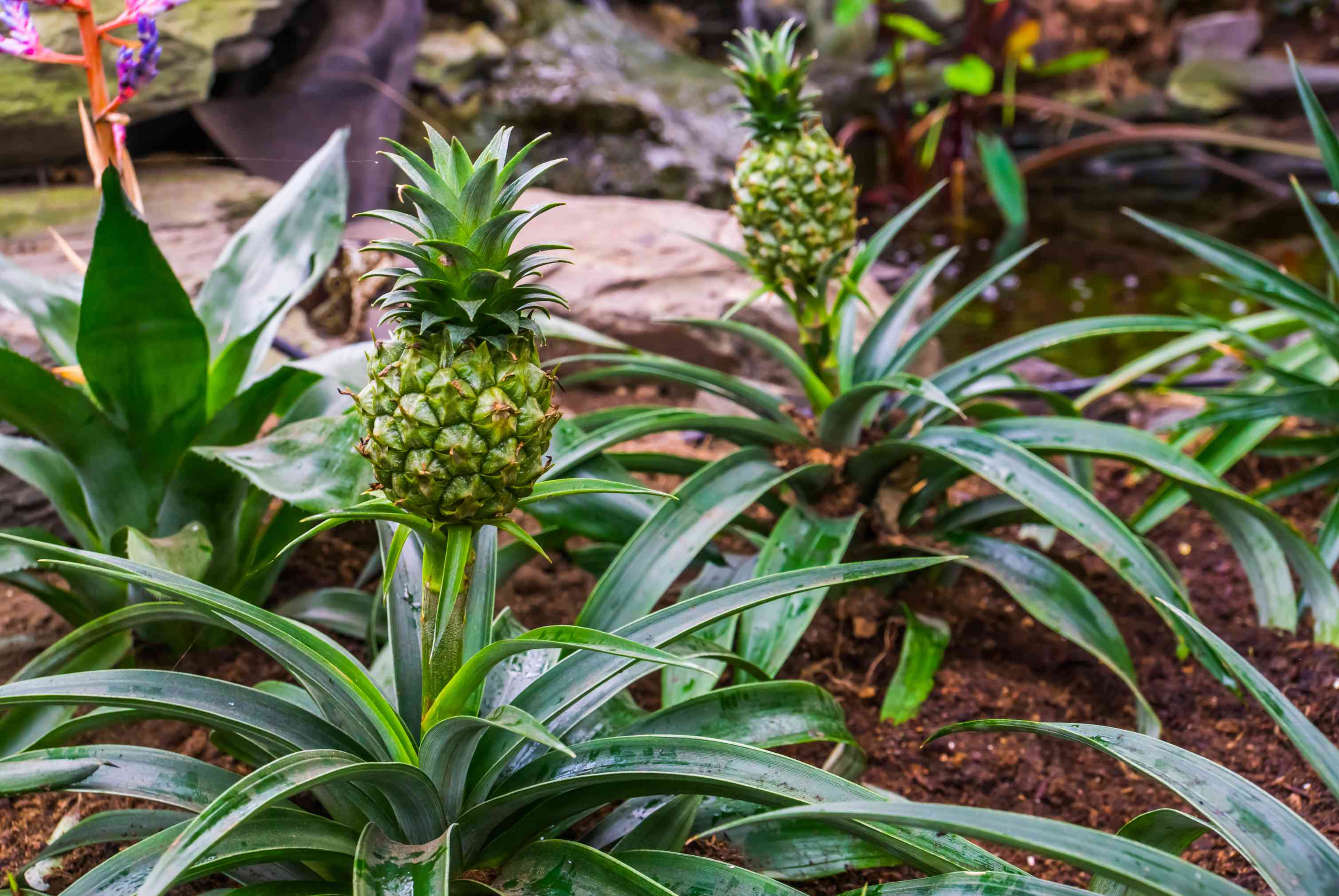
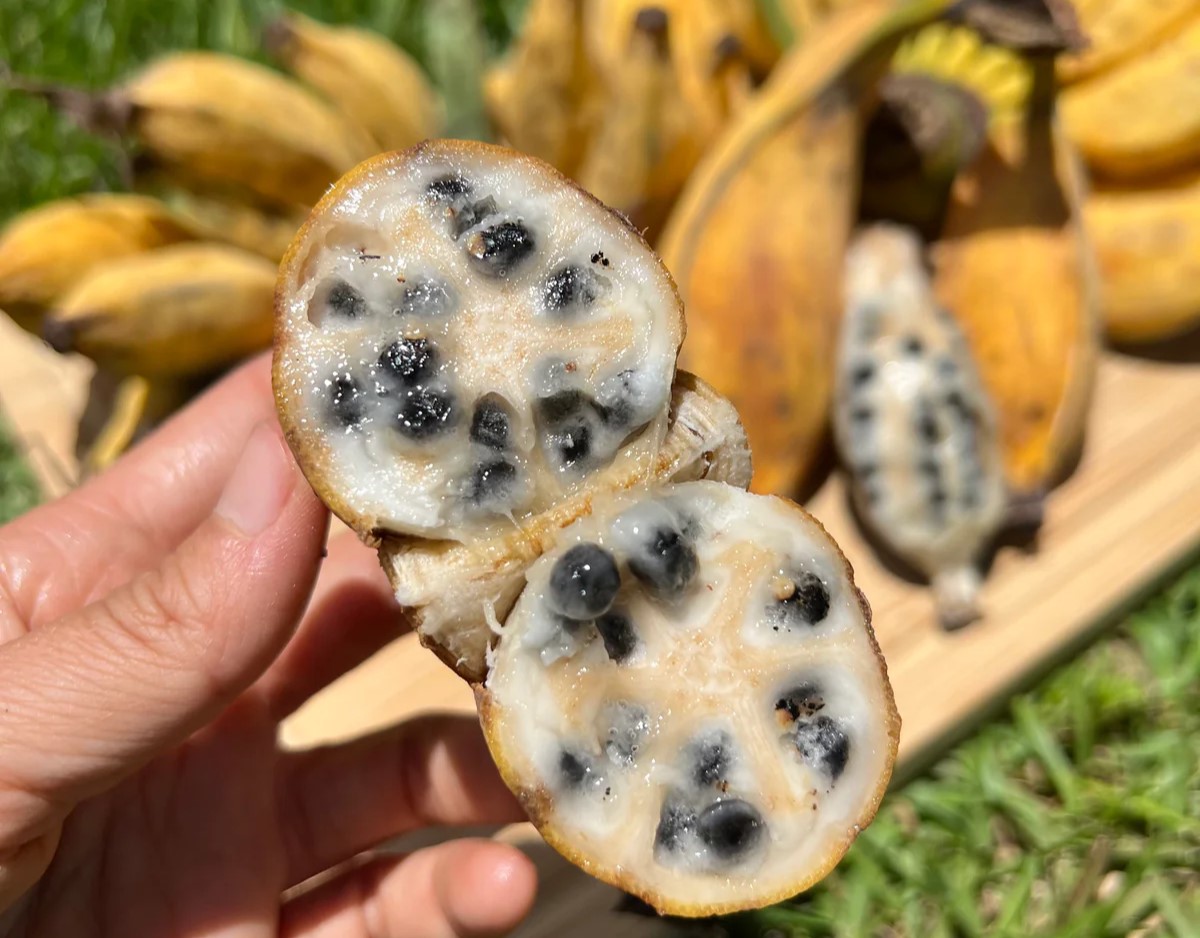
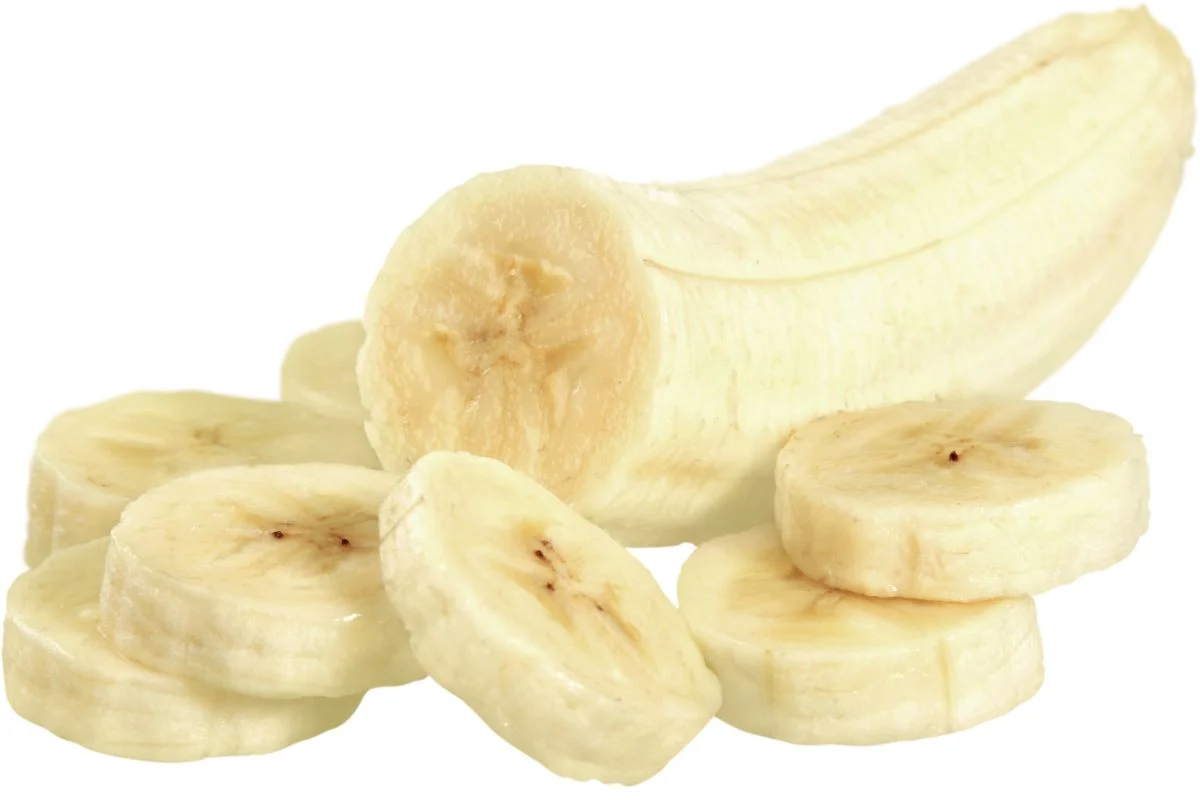
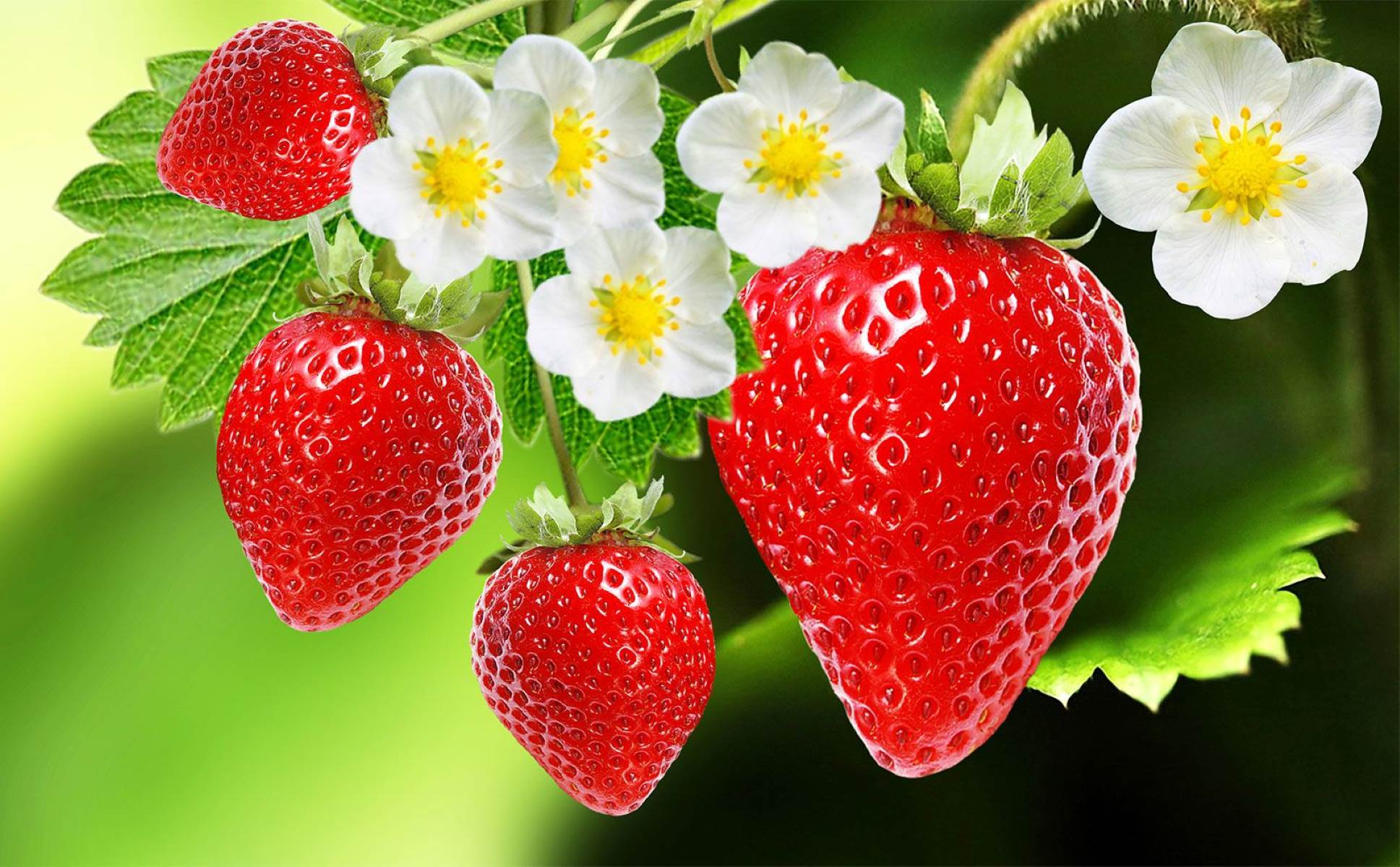
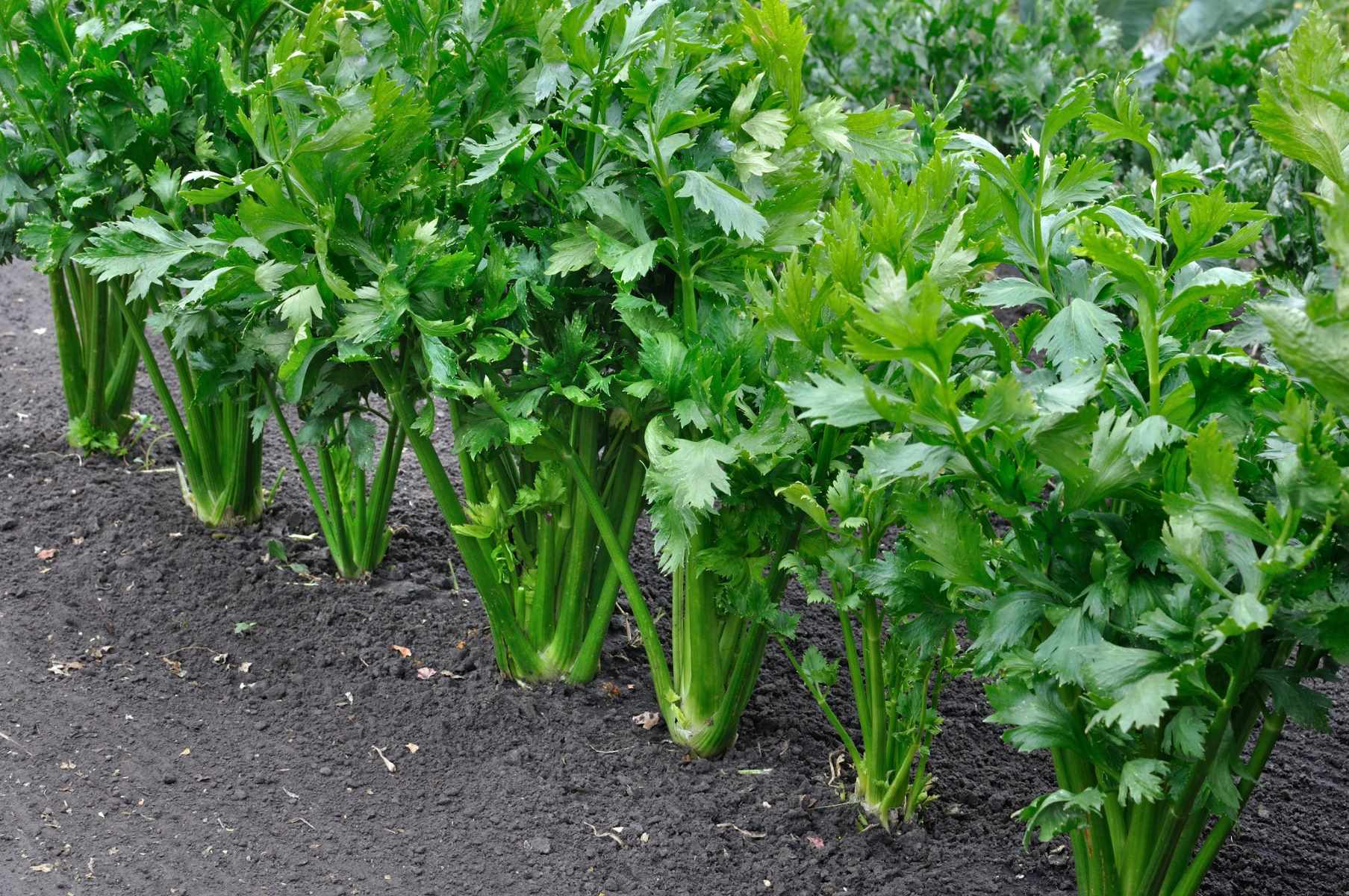
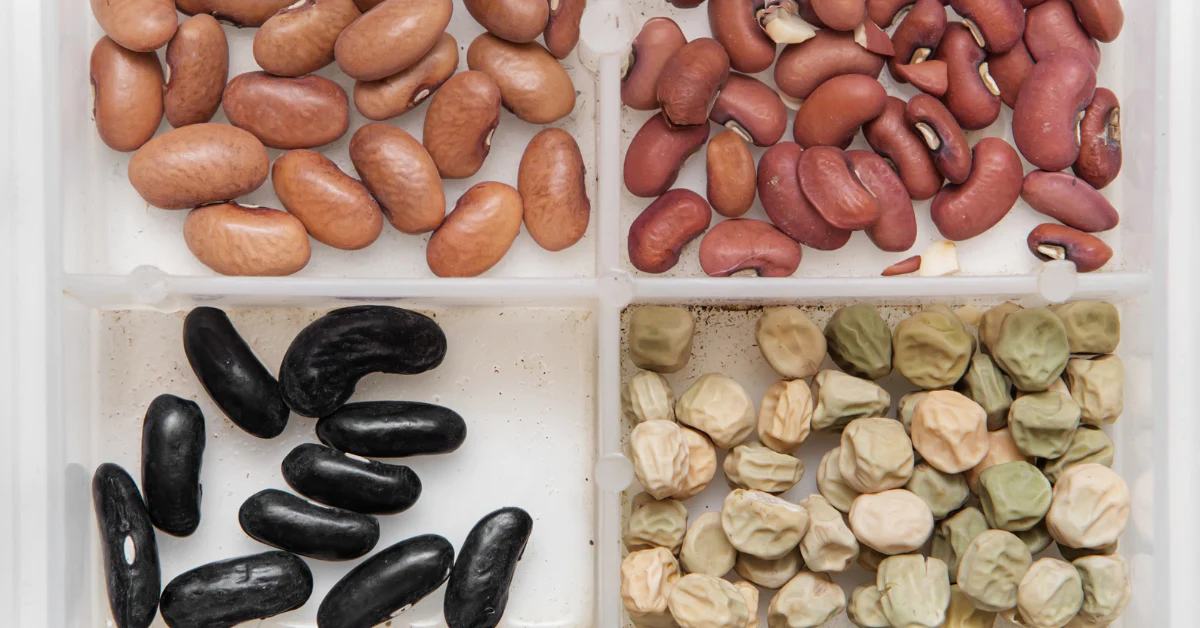
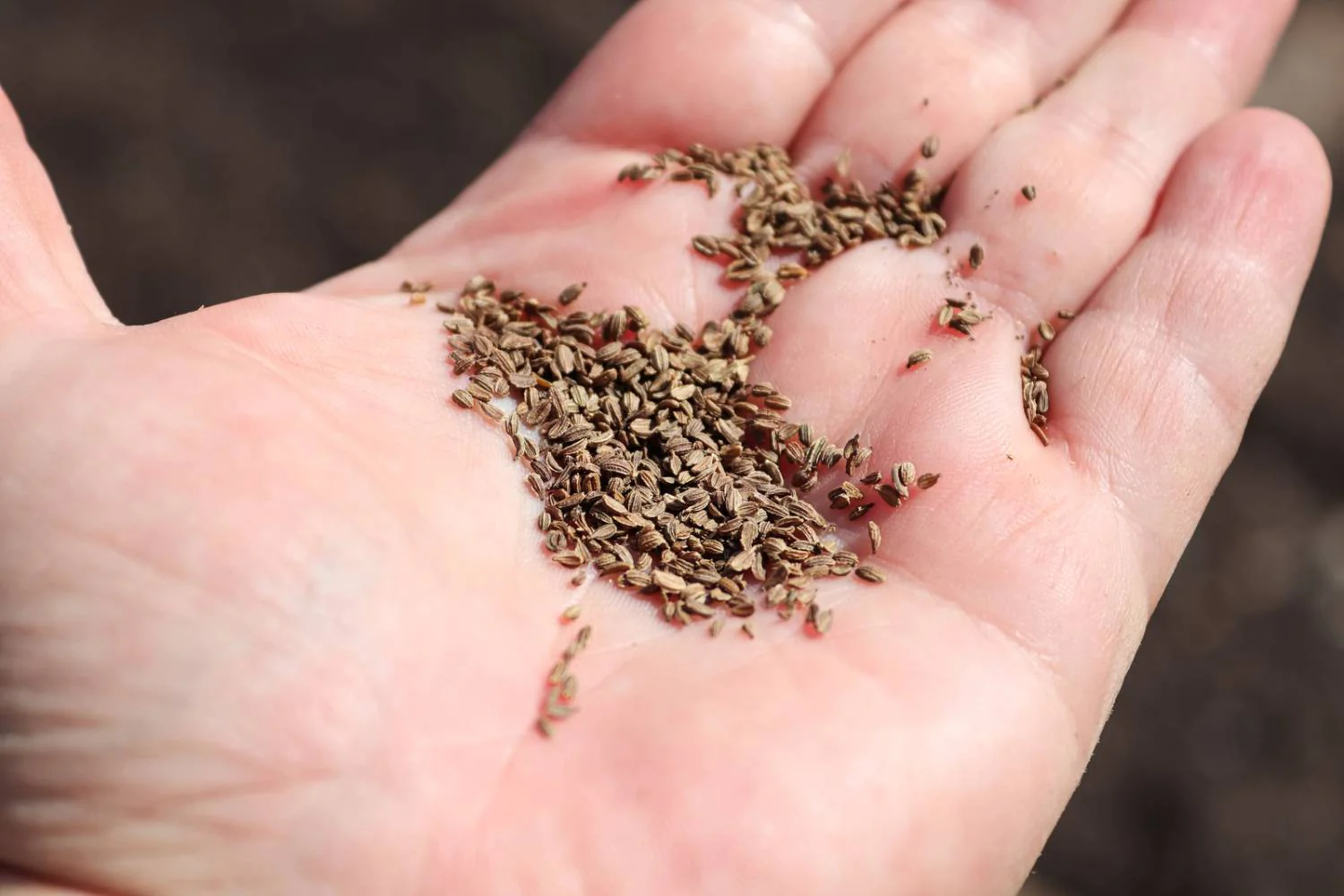
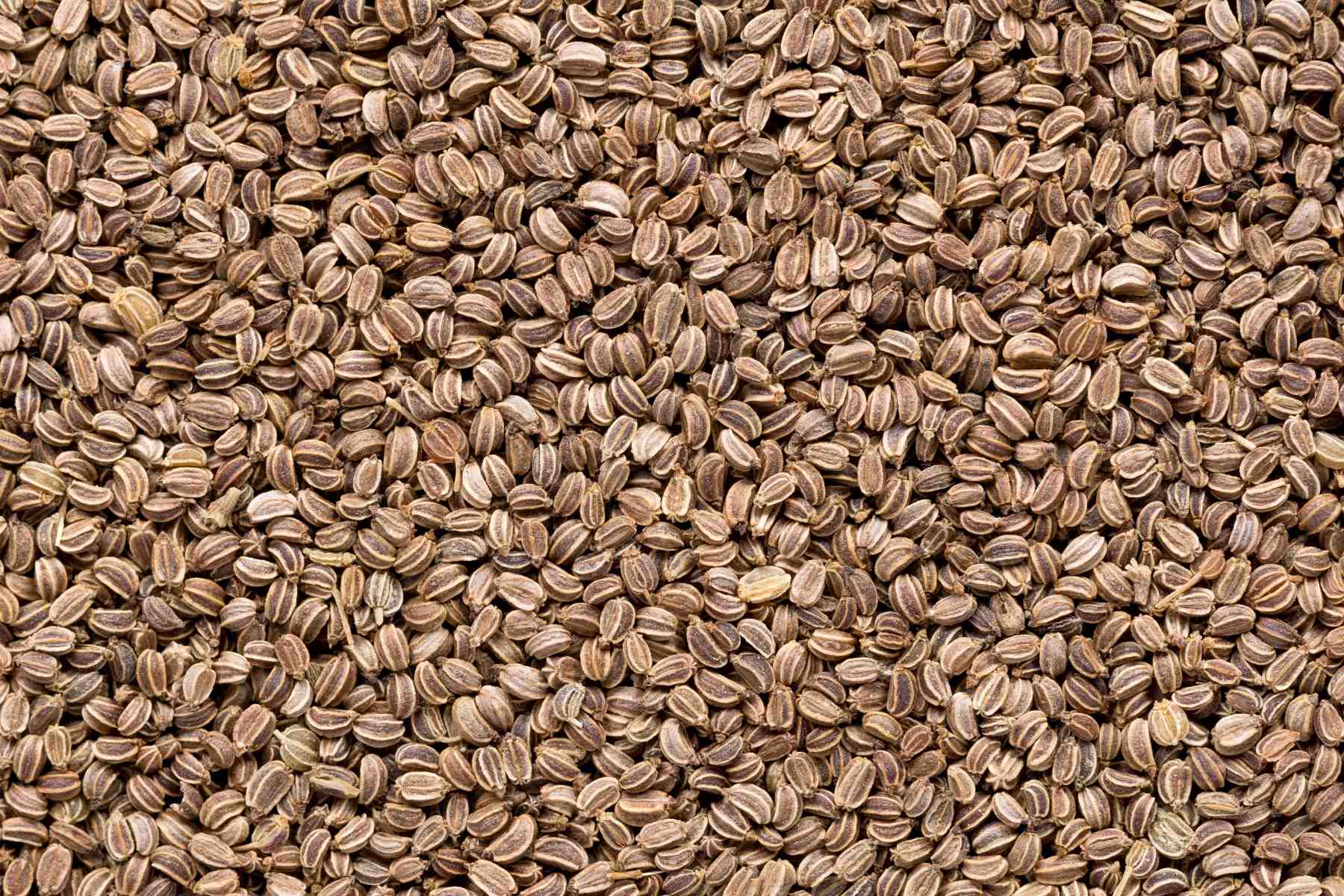
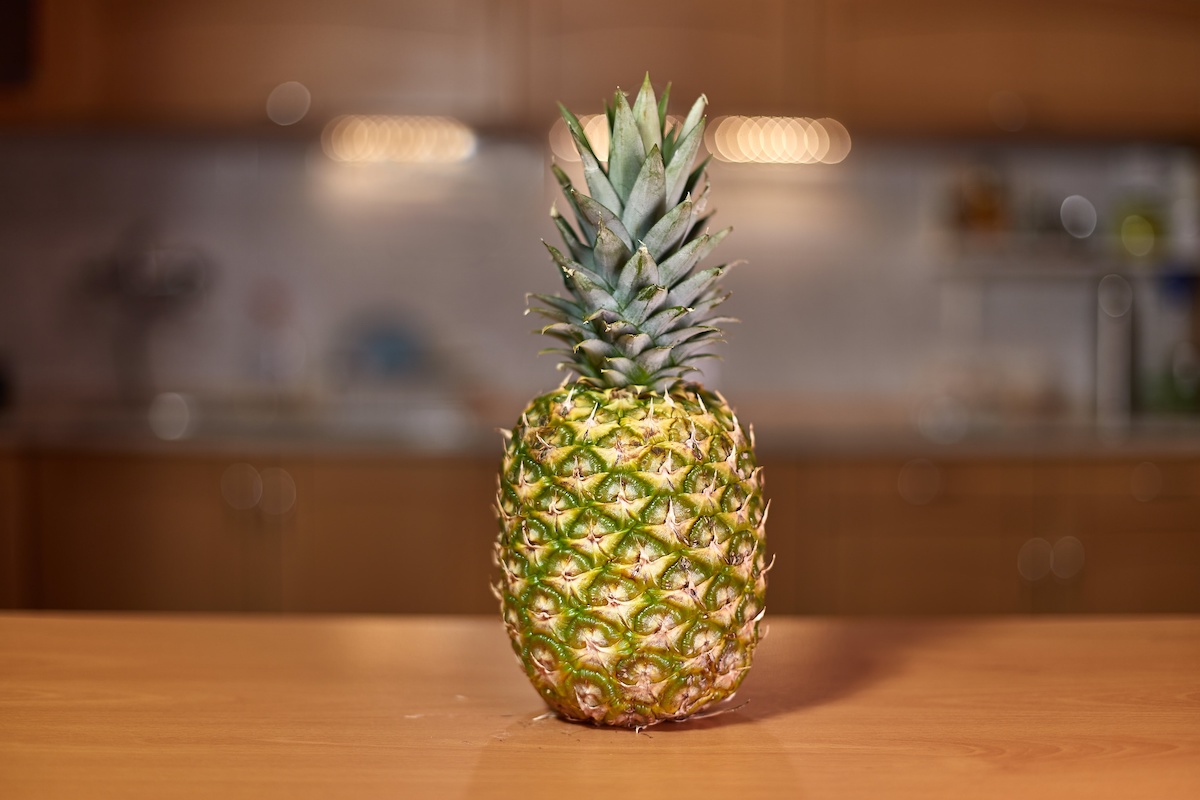
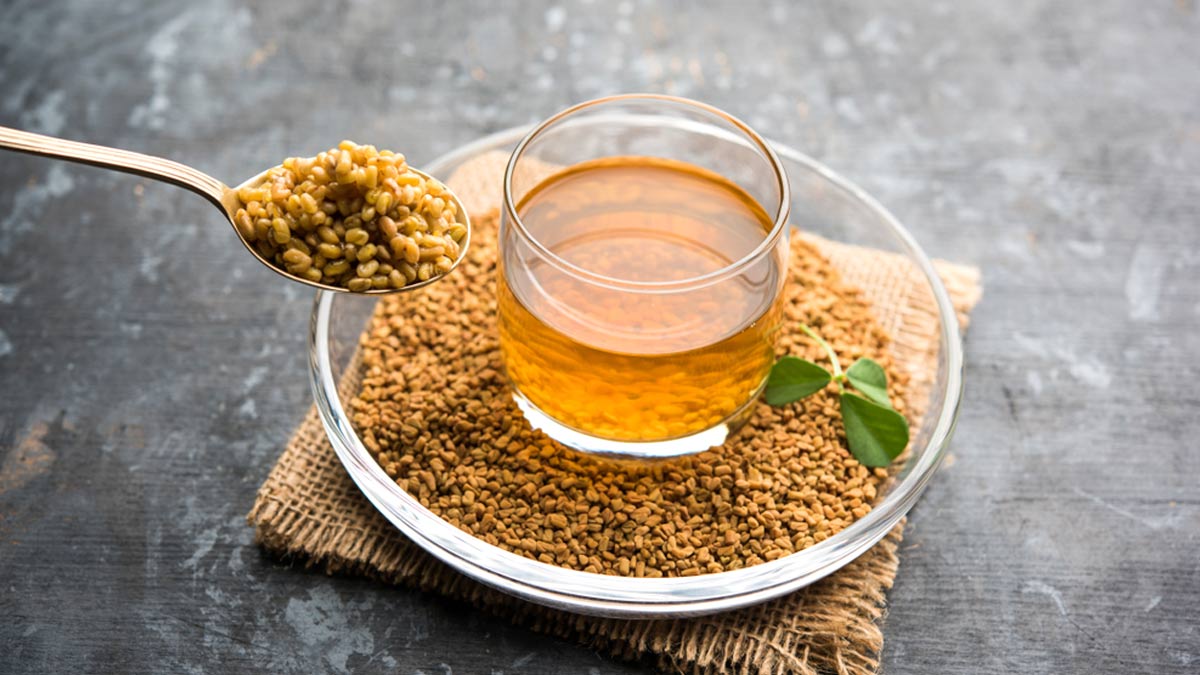
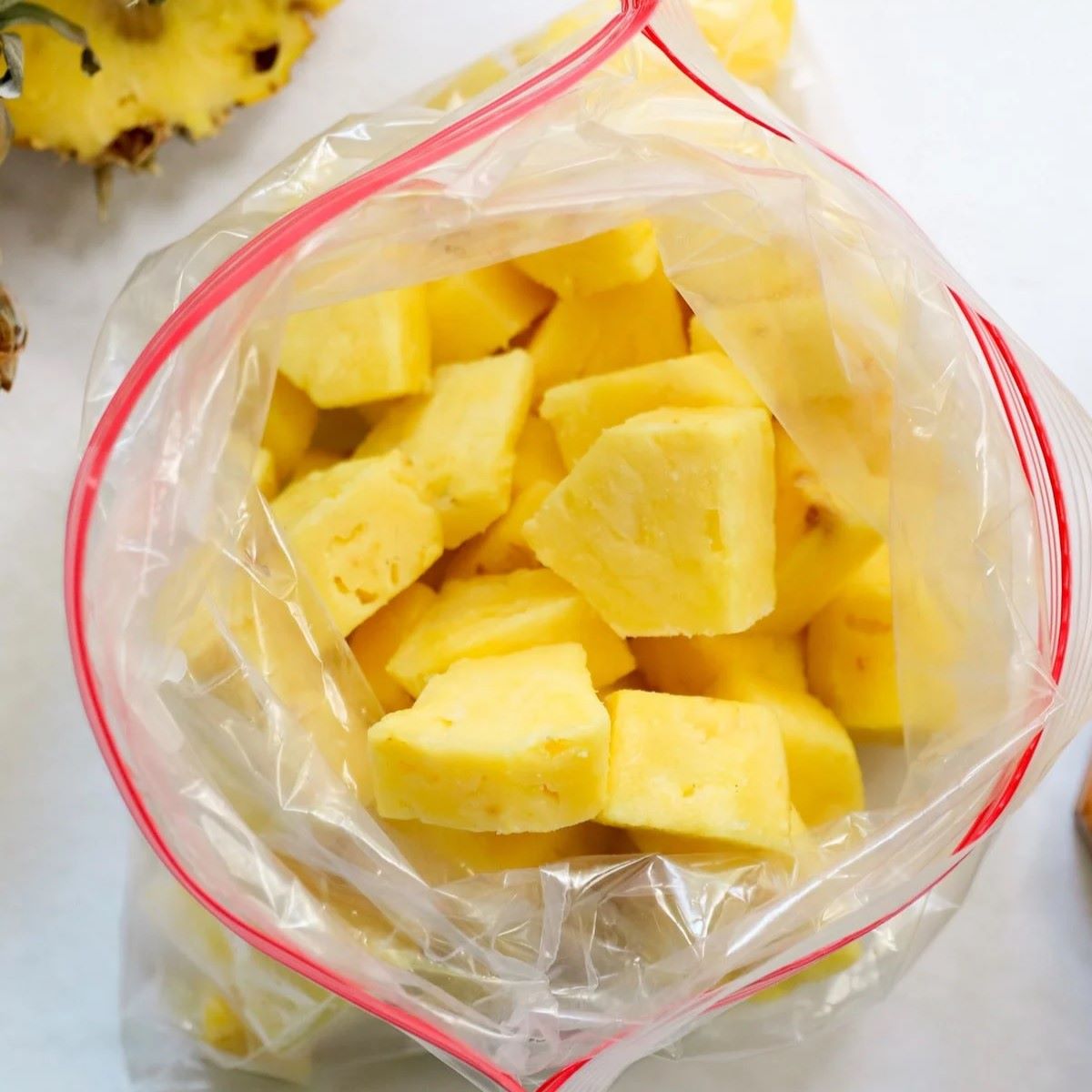
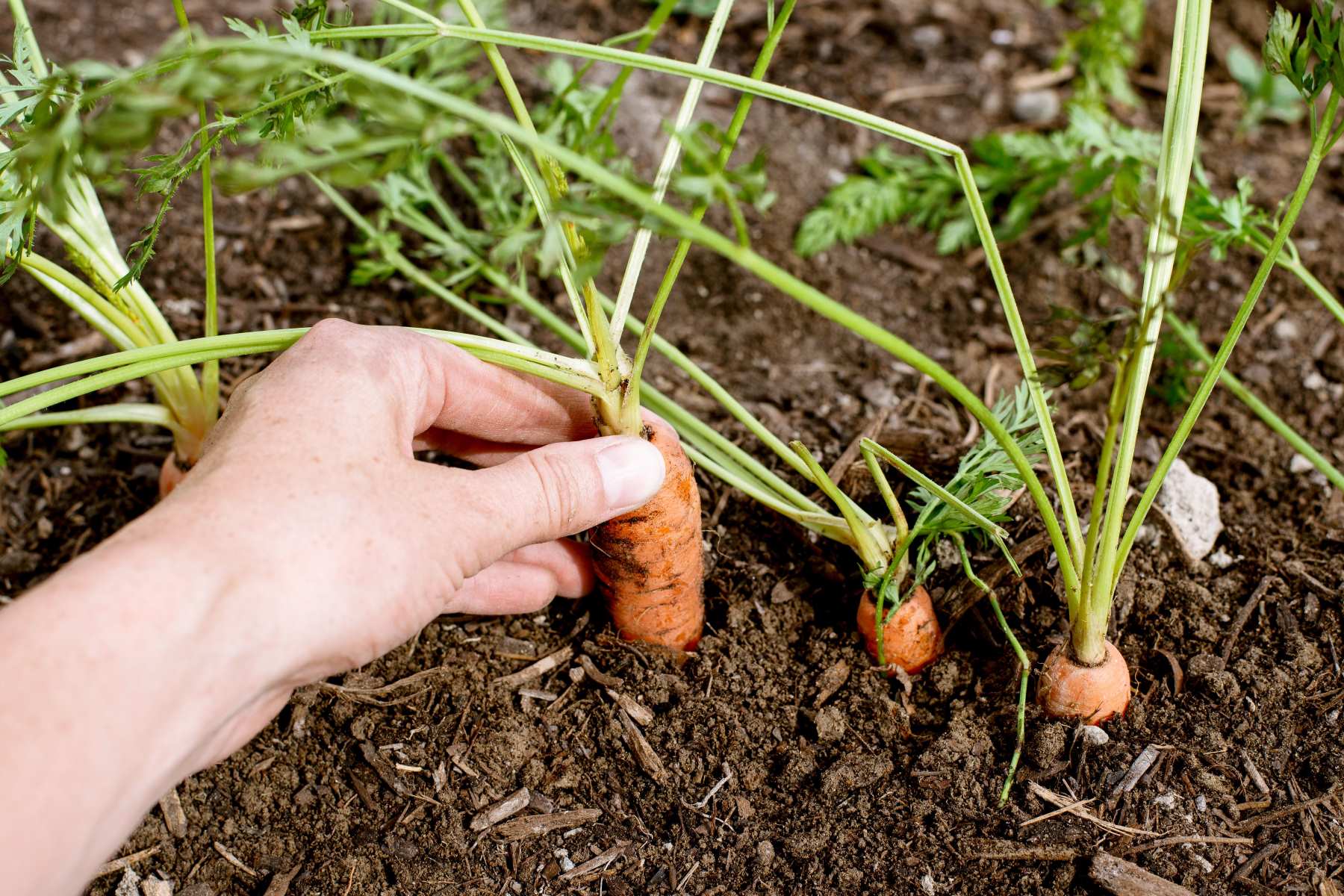
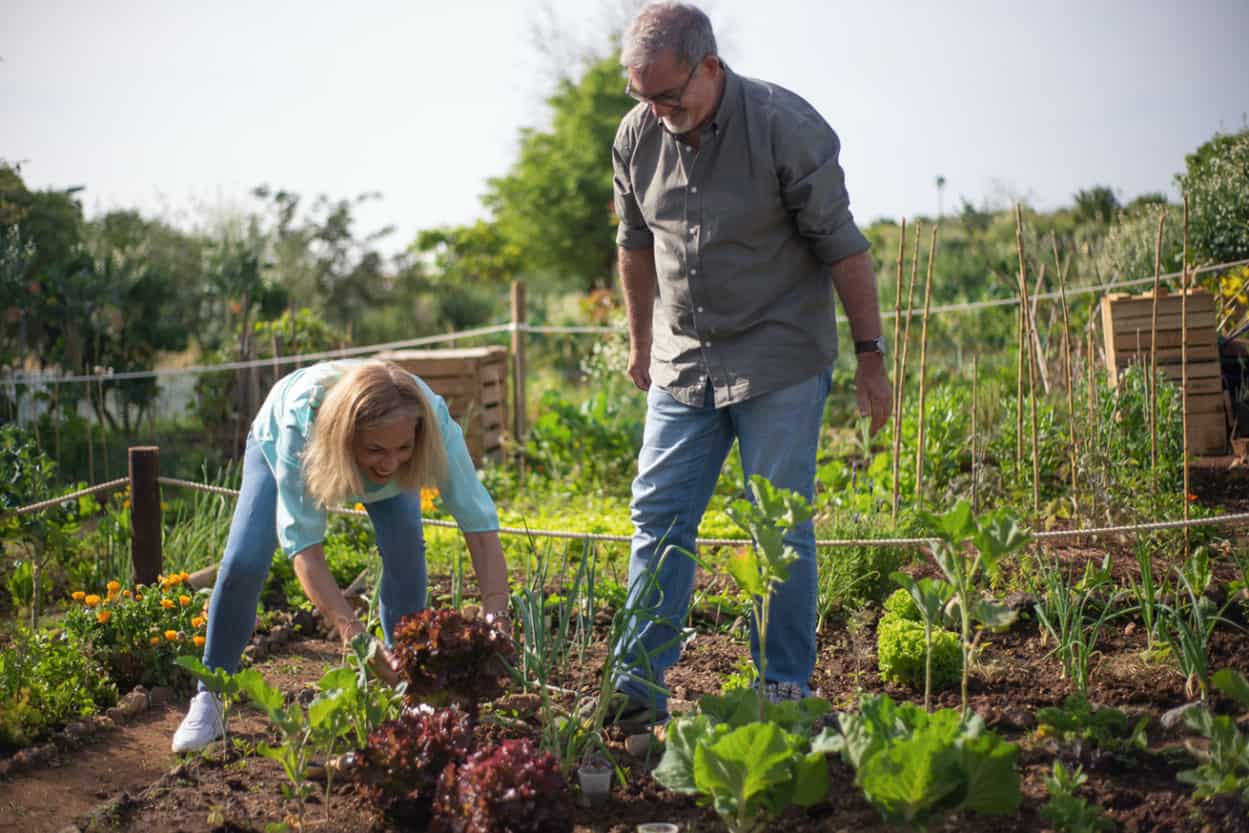
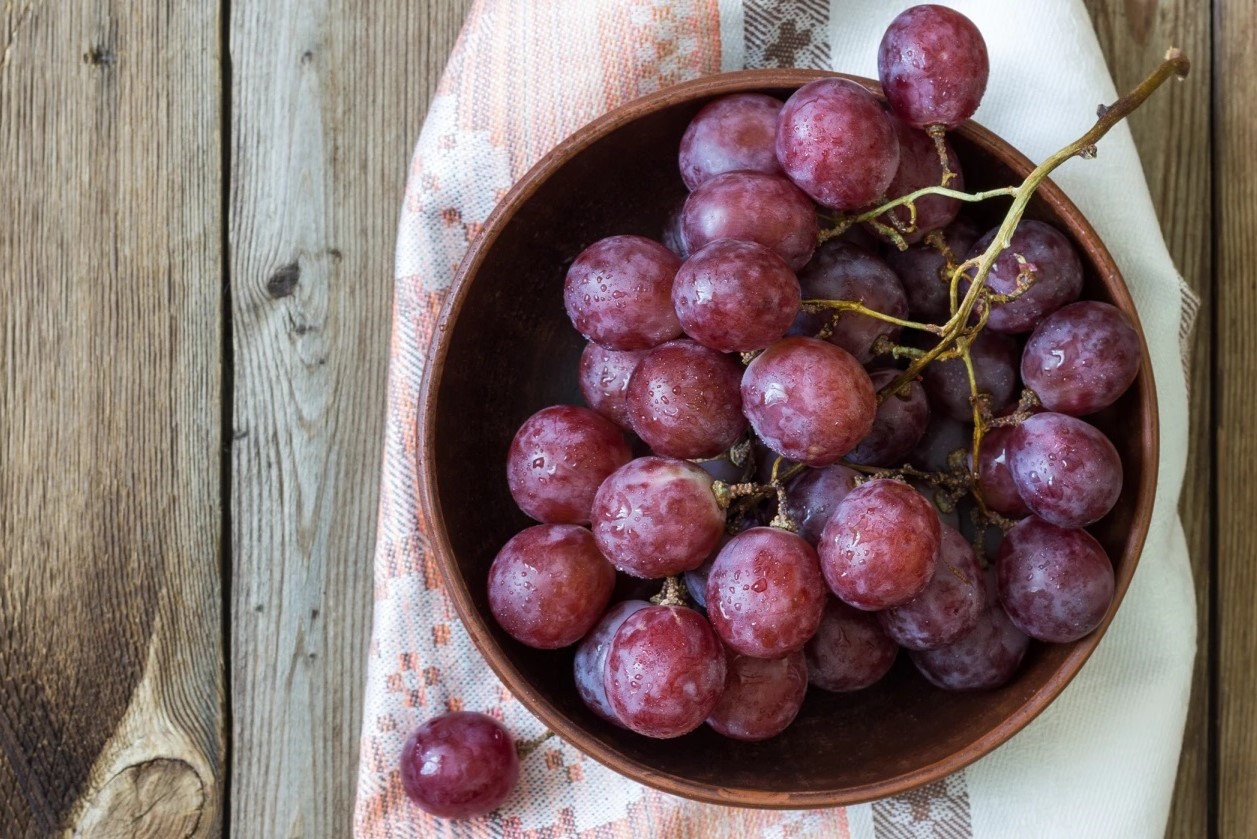

0 thoughts on “Where Are The Seeds Of A Pineapple”